The Lamptron Fan-Atic is a 5-channel, 60 watt per channel manual fan controller. It fits into a 5.25-inch drive bay. There are 5 switches on the front panel (one for each channel), and each switch has three positions, corresponding to the three modes of the controller: 0 volts (the “off” position), 5 volts (the low-speed position), and 12 volts (the full-speed position). Although it does not have all the features of some of the controllers reviewed on this site, it has a lot of power (300 watts in total), looks sharp, and has a relatively moderate price ($28.62 plus shipping on Amazon).
The Fan-Atic comes in a box that features a picture of the controller on the top and some of the controller’s specifications on the bottom. Inside the box is the controller, a bag with 4 mounting screws, five 20″ fan extension cables and one molex connector for hooking this controller up to the PSU.
The Fan-Atic uses a brushed aluminum front with all aluminum construction. The difference between the black version and the silver version of the controller is that the black version is anodized with the black color, while the silver one is just brushed aluminum. The switches in the front are made from solid stainless steel construction. They are solidly built and make an audible click when you flip them into position.
There are 2 sets of color LEDs for the controller with the leads for each LED covered with heat-shrink. When the blue LEDs are on, it means that the switch is toggled up and the channel is getting 5 volts of power. Red LEDs means that whatever is connected to the channel is getting 12 volts of power.
On the back of the controller, there are five 3-pin connectors for the fans. One difference between this controller and some other ones is that the Molex power connector is soldered on and the accessories include a power cable extension. One concern is that there is only a single Molex connector which could be supplying up to 300 watts of power to the fans; other Lamptron controllers (e.g. the FC-8) use 3 connectors to push less power across the controller, so I am not sure how safe this is, at least in cases in which the user is drawing a lot of power.
When running the Fan-Atic at 12 volts, the output of each channel is within 5 percent of 12 volts, which is well within the ATX specs of what 12 volt output should be. There is greater variation when running the controller at 5 volts, with all channels running at less than 5 volts, and some running as low as 4.8 volts. which may be a concern. As it turns out, the Fan-Atic is a resistor-based controller, with resistors being used to drop the voltage down from 12 volts to 5 volts, which accounts for the lower voltage on some channels. [The variation would have been less if Lamptron had opted for a pulse-width modulation (PWM) design, but this likely would have added to the cost.] Some fans and pumps require 5 volts of power to run at all, and these accessories may not run if the power is that low.
All this makes the Lamptron Fan-Atic an interesting, if somewhat flawed, budget-priced fan controller. I recommend looking at other similarly-priced fan controllers before pulling the trigger on this item. The Lamptron FC2
, for example, is slightly more expensive ($42.99 on Amazon), but it boasts a PWM design and 3 Molex connectors. For those wanting a less expensive controller, NZXT has several controllers in the Fan-Atic’s price range, and of course there’s the Bitfenix Recon
, to date the only fan controller accessible from the Internet. For those who need the power, however, you cannot get much more powerful than the Fan-Atic’s 300 watts, and if you can tolerate the power fluctuations at 5 watts, then the Fan-Atic is a reasonable choice.
Lamptron Fan-Atic Specifications:
Dimension: 5.25″ Bay
Max Power: Up to 60W per Channel
Adjustment Range: (5V Off 12V), (7v Off 12v) please read the retailer’s description to make sure of type
Color Available: Black Anodized Aluminum, Plain Aluminum Finish
Lamptron Fan-Atic Features:
LED Voltage Indicator (12v-Red 5v-Blue or 12v-Red 7v-Blue)
Control up to 60W Per Channel
5 Independent 3 Way Adjustment Range Military Switches
Mesh Design to Match Mesh Cases
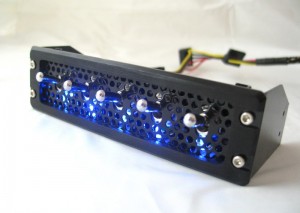
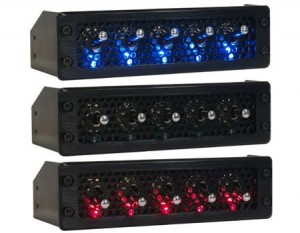
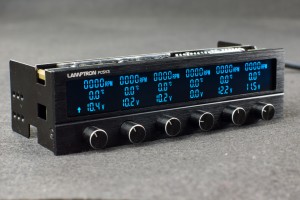

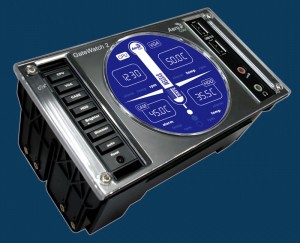
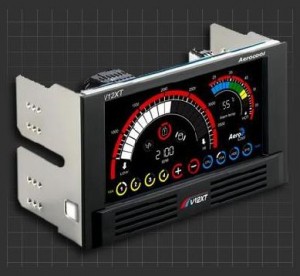
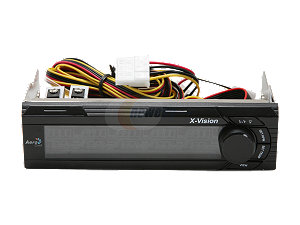
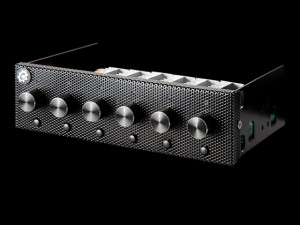
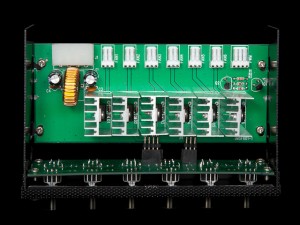
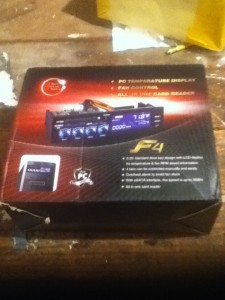
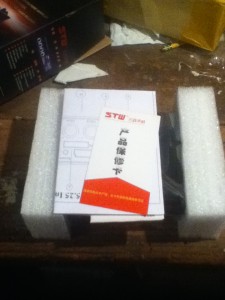
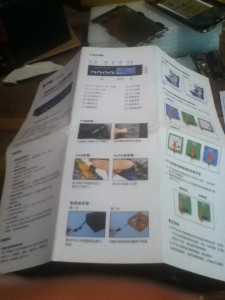

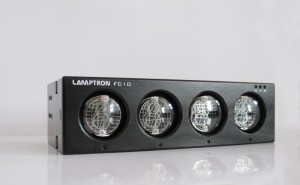
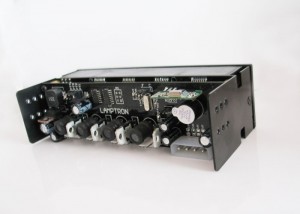
Recent Comments